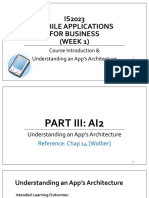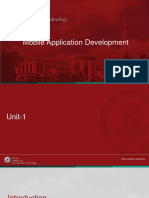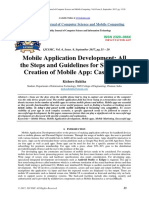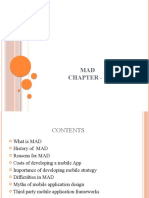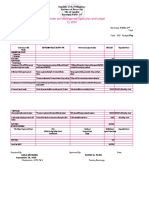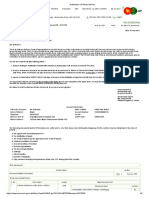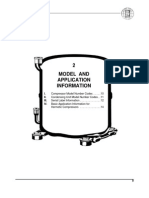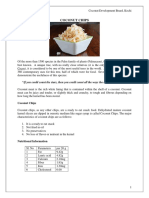0% found this document useful (0 votes)
60 views29 pagesMobile Application Development Recap
The document outlines the key components of mobile application development, including concept development, design considerations, budgeting, programming, graphic design, and submission processes. It emphasizes the importance of defining the app's purpose, target audience, and functionality while also considering design and programming languages for different platforms. Additionally, it discusses the costs associated with development and the need for updates as technology evolves.
Uploaded by
lawrencechikopa1Copyright
© © All Rights Reserved
We take content rights seriously. If you suspect this is your content, claim it here.
Available Formats
Download as PDF, TXT or read online on Scribd
0% found this document useful (0 votes)
60 views29 pagesMobile Application Development Recap
The document outlines the key components of mobile application development, including concept development, design considerations, budgeting, programming, graphic design, and submission processes. It emphasizes the importance of defining the app's purpose, target audience, and functionality while also considering design and programming languages for different platforms. Additionally, it discusses the costs associated with development and the need for updates as technology evolves.
Uploaded by
lawrencechikopa1Copyright
© © All Rights Reserved
We take content rights seriously. If you suspect this is your content, claim it here.
Available Formats
Download as PDF, TXT or read online on Scribd
/ 29





















